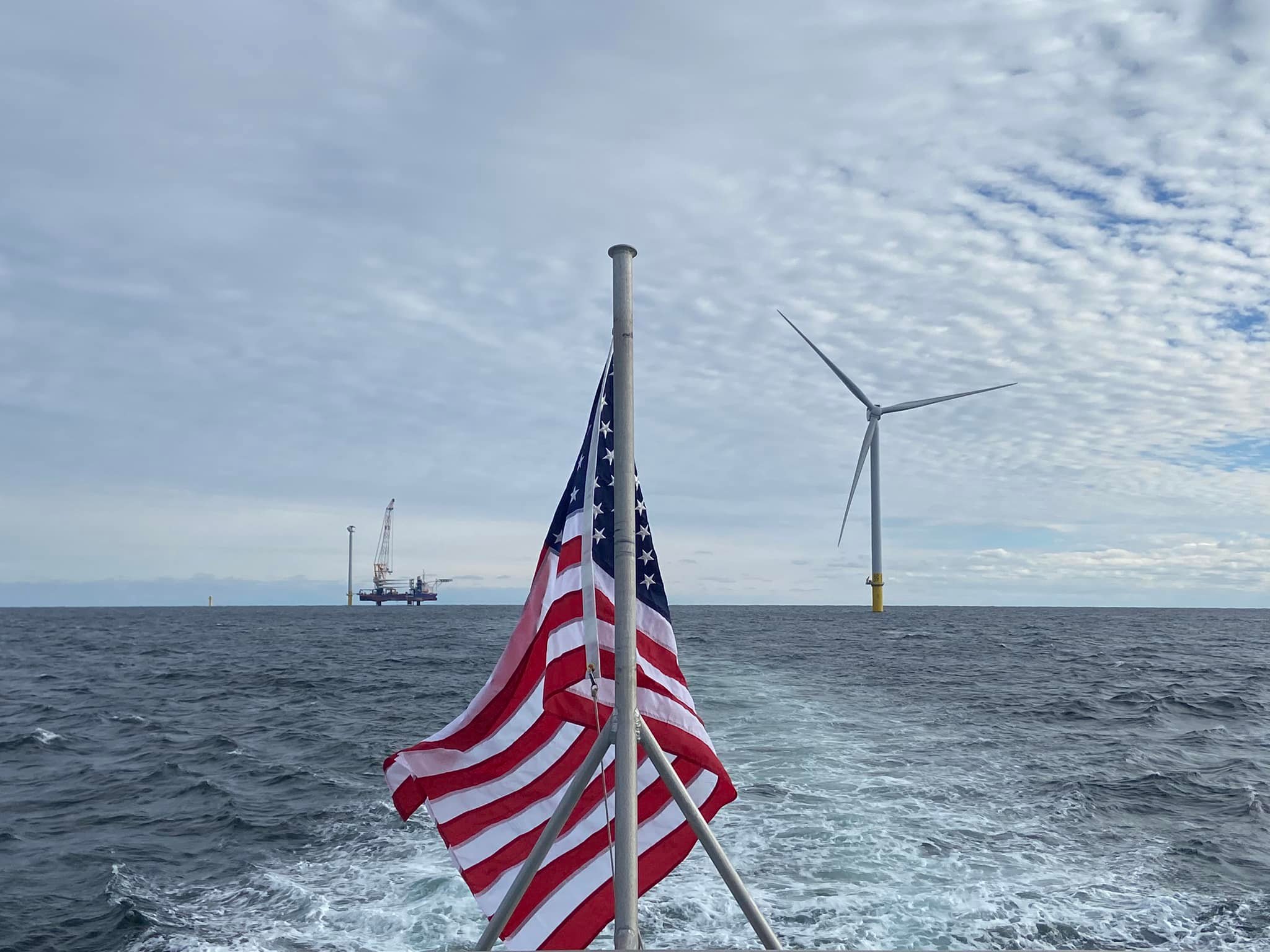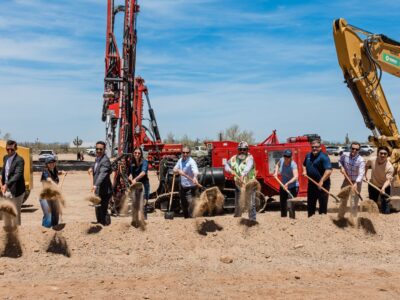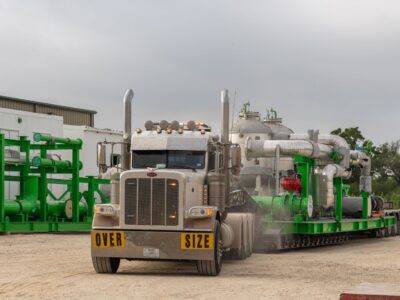John Szoka, CEO of the Conservative Energy Network (CEN), led a panel discussion during National Clean Energy Week about the potential presented by the offshore wind industry, as well as the obstacles that need to be overcome.
Liz Burdock, president and CEO of Oceantic Network, a nonprofit focused on developing the ocean renewables market and its supply chain, emphasized the importance of offshore wind, noting that the economic benefits are paramount. The nonprofit found that in the past ten years, the U.S. has invested $24 billion in the industry’s supply chain, ranging from large shipbuilding and steel manufacturing operations to small businesses across forty states. Ports have been a particular beneficiary, with three different types needed to support the industry: manufacturing ports, staging and marshalling ports, and operations and maintenance ports. Port openings have reinvigorated dormant shipyards and brought communities like New Bedford, Massachusetts and Albany, New York, back to life. Steel manufacturing has also been a highlight, with new plants in Kentucky, West Virginia, and Texas representing investments of $500 million or more to supply the four-inch steel for foundations and towers. “So we’re looking at bringing back industries that have been sitting dormant and that are, quite frankly, aligned with this administration,” Burdock expressed. These industries are not the only ones benefiting from offshore wind. “It’s all the ancillary services that help support that activity… And so the job multiplier is huge,” Burdock said.
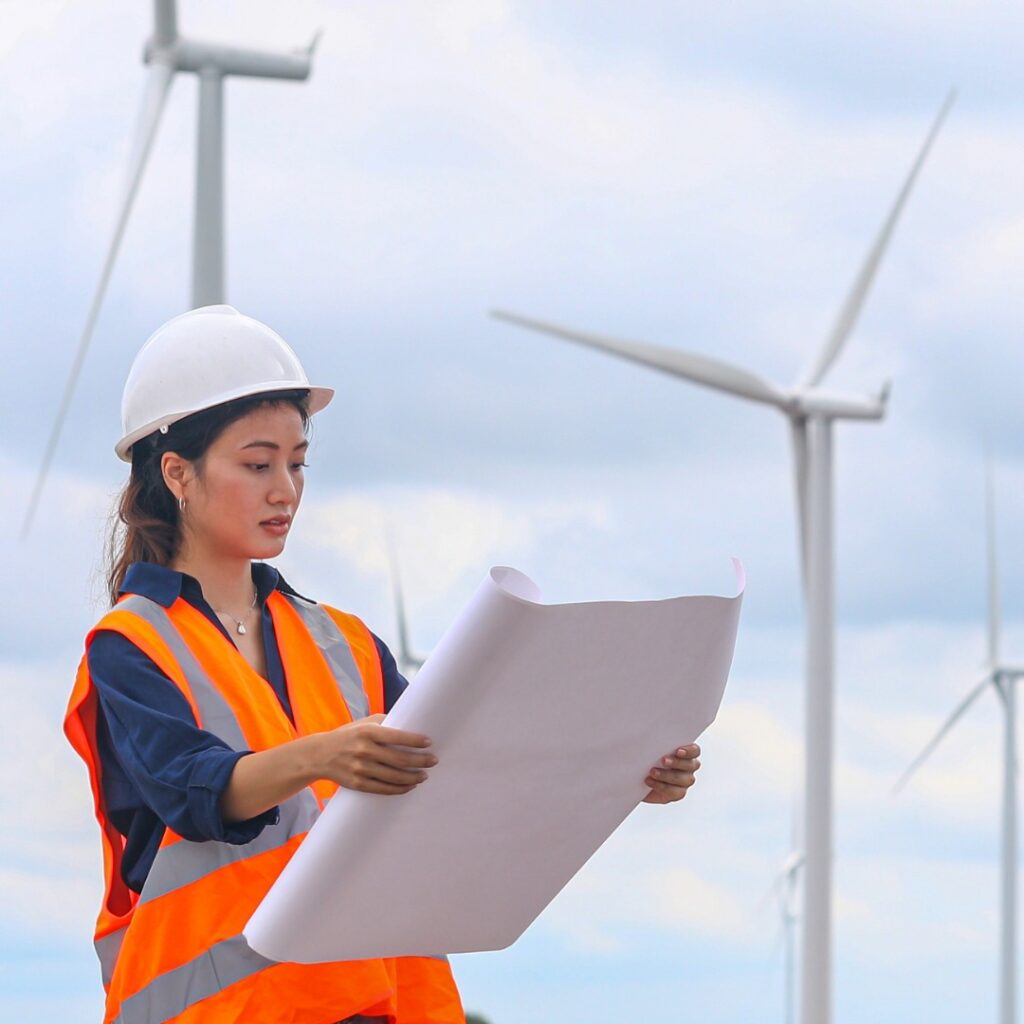
Photo Courtesy Oceantic Network
Erik Milito, president of the National Ocean Industries Association (NOIA), added that offshore wind boosts the country’s national security, “and that’s because we are competing globally when it comes to energy, and when it comes to offshore wind, it allows us to compete in many areas,” he explained. Beyond advancing the nation’s maritime dominance, it also allows us to compete with China, the dominant player in the space. Additionally, Milito pointed out that “it’s a national security interest of ours to make sure we have the power to fuel our economy,” with an increased use of electricity for data centers, electric vehicles, heat pumps, and more, requiring all the power generation we can get.
Additionally, Burdock labelled offshore wind “the workhorse of the clean power industry,” adding that “despite some of the things that you might have heard, it is base load generation.” She used the South Fork Wind project off the coast of New York as an example of just how efficient the resource can be. In the first half of 2025, it achieved a net capacity factor of 53%, compared to 53.7% for the state’s most efficient natural gas facilities. During a heat wave in June, South Fork even reached an 87.4% capacity factor, meeting emergency demand. Additionally, it is a cost-effective resource, particularly in the Northeast, where wind speeds are high. Burdock quoted Bob Blue, CEO of Dominion Energy, which is developing the Coastal Virginia Offshore Wind project. Blue said, “Offshore represents the fastest and most economical way to deliver almost 3 GW of electricity to Virginia’s grid, to support America’s AI and cyber preeminence in the largest data center market in the world.”
Burdock and Milito cited numerous ways that the industry is pivoting to overcome obstacles. Burdock emphasized that although these projects are typically located off the coasts of blue states, they are generating jobs in red states. She explained, “One of the criticisms of my industry is that we haven’t done a good enough job to really illustrate how those jobs are being created in the red states. We didn’t talk enough to those constituencies to make sure that they were talking to their representatives, so that they really understood what this industry meant to them from an economic standpoint.” The industry will need to pivot this messaging going forward.
Milito discussed the importance of a bipartisan path forward and returning to a time when there was no contempt for any energy resources because people recognized that we needed it all to achieve America’s goals. “We’re working with both sides of the aisle in Congress… We’re trying to bring people to the middle,” he clarified. Milito added that stop-work orders for projects do not “provide certainty and predictability to companies who want to invest in the U.S.” He described a similar situation that once faced the oil and gas industry, but regarding which they found success in the courts, offering hope for the fate of offshore wind.
In the face of the administration’s opposition to offshore wind, Burdock urged other industries to step up and say that it is bad for business overall because, “this isn’t just affecting this one industry. It’s going to affect all of the investments in major infrastructure that we have.” She summarized, “Anybody who has a fully permitted project for the federal government should be shaking in their boots right now at what is happening to this industry.” Milito offered a different approach, suggesting that there may be “continued discussions between this administration and a lot of state governments to see if there are ways to come to a compromise and work together to meet the goals of everyone.” If the administration is looking for something in return, it may be a route to seeing these projects green-lighted, even though “that’s not the way we want to see permitting and the regulatory system work.”
Another critical piece of the puzzle is addressing the misconceptions about offshore wind, which Burdock attempted to do during the panel discussion. She noted that it has been proven untrue that the industry hurts tourism or devalues homes. Commercial fishing benefits from the installations, not only because the projects have attracted biodiverse life that has not lived in the area in decades, but also because the fishermen themselves are often paid to act as guard vessels or to monitor for whales. Burdock also rejected the claim that offshore wind is solely a European industry, with U.S. contracts increasing over the past four years, “…it’s a U.S. industry now.”
Milito noted that although it is a “nascent emerging industry,” the offshore wind industry has the potential to expand to all fifty states through additional ports, manufacturing, and infrastructure if the federal government stops interfering. He concluded, “This is something that’s going to benefit all Americans, and we’ve got to make sure we get out of the way.”
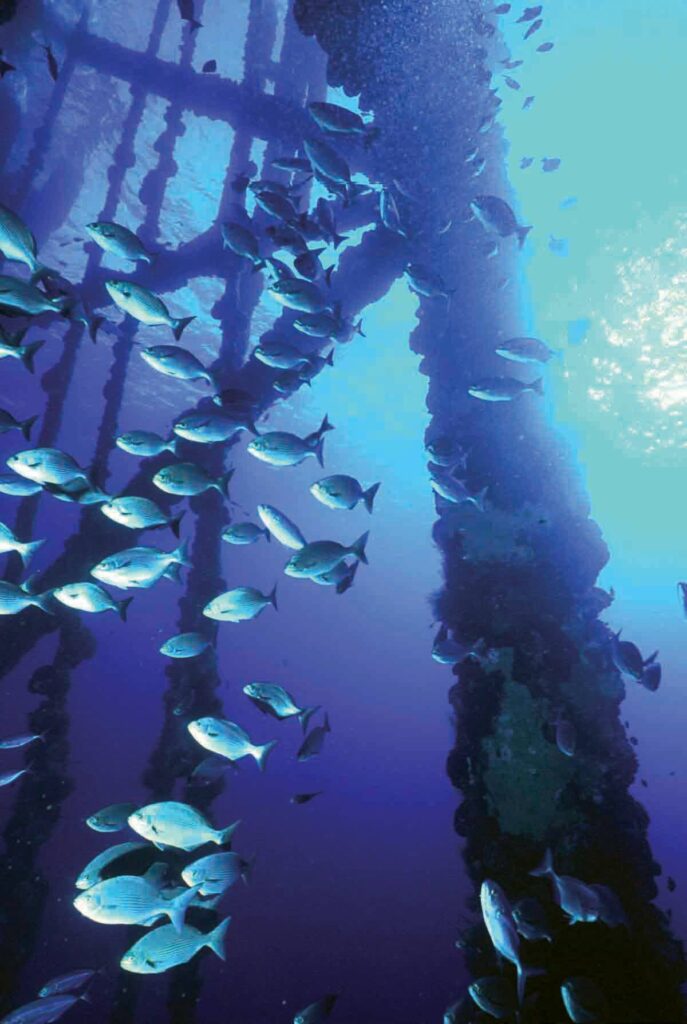
Photo Courtesy National Ocean Industries Association

